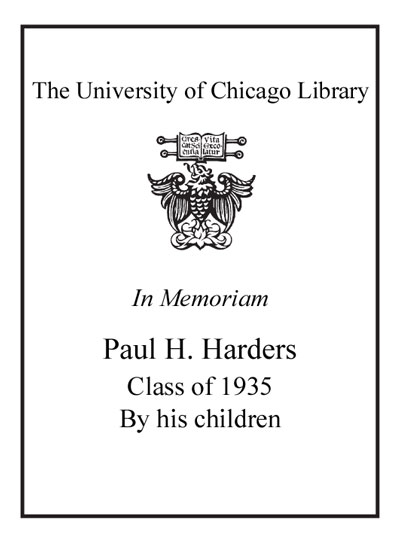Yellow fever, race, and ecology in nineteenth-century New Orleans /
Saved in:
| Author / Creator: | Willoughby, Urmi Engineer, 1980- author. |
|---|---|
| Imprint: | Baton Rouge : Louisiana State University Press, [2017] ©2017 |
| Description: | xii, 250 pages : illustrations, maps ; 24 cm. |
| Language: | English |
| Series: | The natural world of the Gulf South Natural world of the Gulf South. |
| Subject: | |
| Format: | Print Book |
| URL for this record: | http://pi.lib.uchicago.edu/1001/cat/bib/11937781 |
Table of Contents:
- Introduction
- 1. A disease sui generis : yellow fever in world history
- 2. Sugar fever : the rise of cane sugar and yellow fever in lower Louisiana, 1796-1850
- 3. Imagined immunities : ideologies of race, ecology, and disease resistance, 1840-1861
- 4. Reconstituting the South : built environments and public health, 1861-1878
- 5. Degrees of resistance : reimagining race, health, and the environment, 1878-1905
- 6. "Mosquito or man?" : imperialism and the rise of tropical medicine, 1878-1912
- Epilogue : yellow fever past and present.


